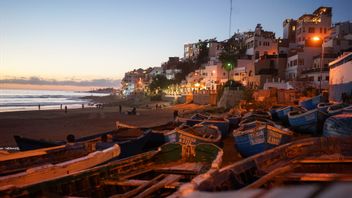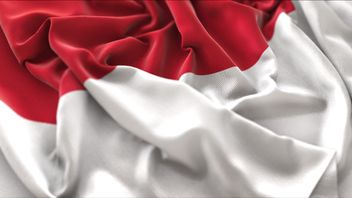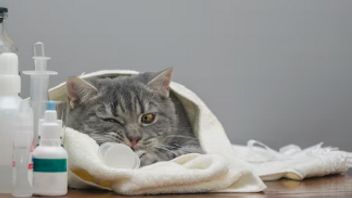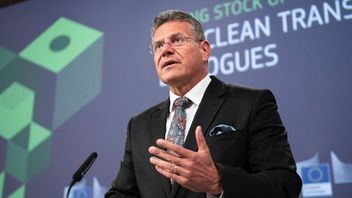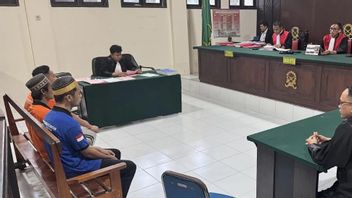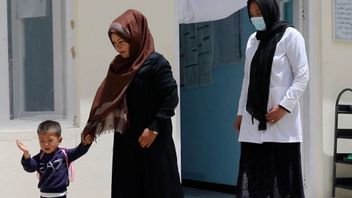
JAKARTA - In various countries, especially in Europe and the United States, issues regarding the content of Bisphenol A (BPA) are more often associated with certain food and beverage packaging, such as bottled drinking water, gallon water to baby bottles and plastic containers for food.
Regulations in these countries generally focus on safe limits on the use of BPA in products used by infants and children. However, the debate about BPA in Indonesia is actually more associated with drinking water in gallons for the sake of re-packaging, which creates differences in views among experts and the public.
The Association of Indonesian Food Technology Experts (PATPI) highlighted that the issue of BPA abroad initially discussed the safety of using baby bottles, not gallons of drinking water.
"If overseas actually the initial focus was on the baby bottle, I wonder why in Indonesia suddenly the issue that arises is even specific to the gallon," said PATPI member Hermawan Seftiono, in an official statement in Jakarta, as quoted by ANTARA.
Hermawan emphasized that the debate over BPA in Indonesia is different from what happened abroad. In Indonesia, attention is more directed at the use of gallons made from polycarbonates, even though there have been no reports that prove the negative impact of consuming water in these packaging, both in Europe and other countries. In developed countries, the use of polycarbonates is still categorized as safe.
Research conducted in Europe and America is more focused on various types of packaging containing BPA. The results show that these packaging still meet food safety standards because the BPA levels contained in them are within a safe threshold.
According to Hermawan, the massive spread of information about the dangers of BPA in Indonesia is mostly influenced by the virality of this issue on social media. This causes public misunderstanding regarding the relationship between BPA and the gallon of polycarbonates.
"It's just a bit strange, maybe around the 2000s suddenly there were specific issues related to gallons in Indonesia," he said.
Previously, the General Chairperson of the Central Board of the Indonesian Association of Public Health Experts (IAKMI), Hermawan Saputra, emphasized that the research that was often cited in this debate did not specifically discuss BPA as the main ingredient in the production of gallons of polycarbonates.
Therefore, according to him, this research cannot be used as the main basis for polemics regarding BPA in gallons to repeat. He ensured that the water consumption from gallons made from polycarbonates remained safe because they had met SNI standards and had gone through various food feasibility tests.
"If a packaged product has been standardized by SNI, it means that the level of tolerance for the possibility of contamination remains within an undangerous limit," he said.
Hermawan also explained that the quality accreditation agency had conducted various studies and clinical trials before labeling SNI on gallons or other food packaging.
As an epidemiologist, he emphasized that the presence of BPA in the gallon has been tested and declared safe by the National Standardization Agency (BSN).
"So, if the gallon used for bottled water has now been tested and meets the standards, it will no longer be relevant if this issue continues to be questioned," he concluded.
The English, Chinese, Japanese, Arabic, and French versions are automatically generated by the AI. So there may still be inaccuracies in translating, please always see Indonesian as our main language. (system supported by DigitalSiber.id)

